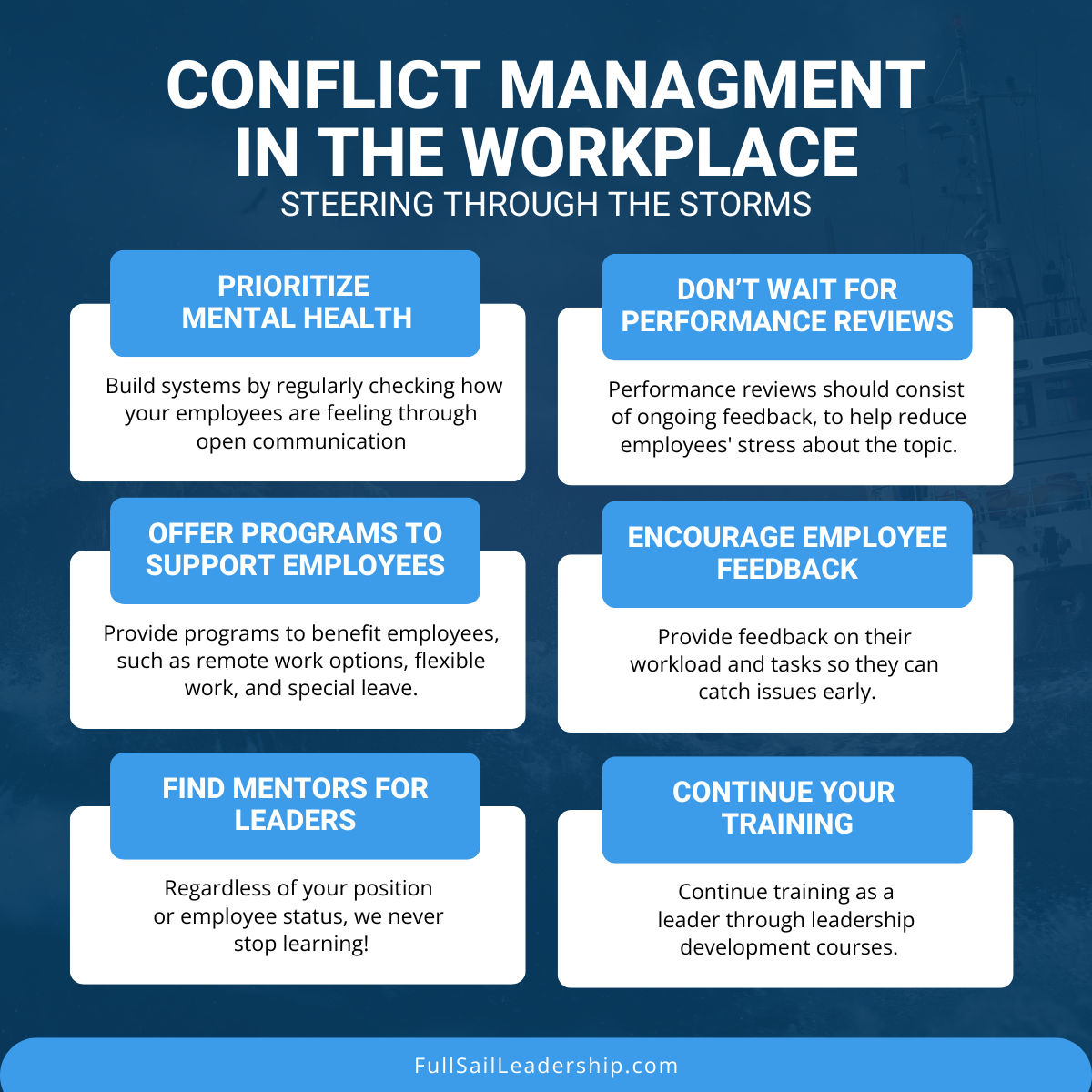How to Promote Employee Well-Being in the Workplace and Reduce Burnout
Stress and burnout don’t show favoritism in the workplace and can strike anyone from the highest-ranking company employee to the entry-level intern. One of the most memorable times I felt those two enemies of productivity was when I was the VP of marketing and sales in a direct marketing firm in the 1990s.
The cycle of stress started after I, along with four other key executives, took a pay cut due to the company’s financial struggles. Concurrently, my dad was facing serious health problems, from which he eventually passed away.
My boss approached me in the office one day while I was working over my vacation and asked if I was okay. He mentioned how my depressed mood was bringing the entire organization down. He did nothing to support me despite knowing what I was going through. Instead, he told me to decide whether the job was for me.
I decided it wasn’t and left—just as the other executives had before me, unable to endure the leader’s toxic behavior.
This narrative echoes the experiences of many employees—the struggle to feel overworked and undervalued, both as professionals and as individuals.
Just as a ship must navigate turbulent waters through the strength and cooperation of the crew, organizations must steer their crew toward a safe and thriving environment.
It’s Time for the Weather Report
When sailing, you must take the weather seriously, as a severe storm can overwhelm a poorly prepared crew.
Are the current stressors in our economic climate and workforce a passing storm? Or is more serious weather brewing requiring companies to change their work environments completely?
According to recent data, a large storm of burnout and dissatisfaction has been hitting workplaces hard for years. Employees continue to feel increasingly more disengaged and dissatisfied at work despite current efforts by employers. These feelings ultimately lead to burnout, which results in:
- Poor performance
- Costly errors
- Low productivity
- High turnover

Image from Gallup
Understanding Employee Well-Being – Keeping the Ship Afloat
Imagine using a bucket to haul water from a ship with a hole in the side.
It’s useless unless you first address the root cause of the problem by patching the hole.
Burnout is a symptom of poor employee well-being. What holes might be causing employee well-being leaks in your organization?
What Is Employee Well-Being?
Employee well-being encompasses a person’s psychological safety, engagement, and fulfillment beyond mere perks.
You can measure well-being using five golden standards:
- Career well-being: Employees enjoy their jobs and most of their assigned tasks.
- Social well-being: A person has built strong relationships.
- Financial well-being: A person is financially secure through healthy money habits.
- Physical well-being: A person has the health and strength to accomplish their daily tasks.
- Community well-being: A person has a safe and comfortable home they enjoy.

Image from Gallup
A person needs to thrive in all five to be fully satisfied. Foundational to all of these elements is career well-being. After all, the average person spends nearly a third of their life at work.
When well-being isn’t prioritized, companies face overwhelming burnout costs, including:
- 75% of medical expenses from preventable illnesses
- $20 million lost for every 10,000 dissatisfied employee
- $322 billion lost globally due to turnover and reduced productivity directly resulting from burnout
However, you can boost productivity by supporting an employee’s well-being through career, social, financial, physical, and community support systems.
4 Key Strategies for Promoting Employee Well-Being in the Workplace
Use these four strategies to help you prepare your sailboat for whatever storm may come your way.
1. The SEAsoning Effect: Developing Leaders Who Guide the Ship
One surefire way to cause a sailing disaster is to appoint a brand-new sailor as ship captain without prior training. Before captaining, a person must complete hundreds of hours of hands-on and classroom training.
To prevent your employees from sinking into burnout, adequately prepare them for the job through leadership development and mentorship. They will feel fully prepared and are much less likely to become overwhelmed by tasks and a deluge of unknowns.
Training requires a customized approach.
Understand your team dynamics and provide appropriate guidance based on your team’s needs through coaching, first-hand experience, classroom training, or mentorship.

2. Shared Language and Clear Communication: Navigating the Voyage Together
For a crew to work together well, they must use the same language. A sailor must understand the difference between the bow and stern or hoisting an anchor or dropping anchor. These are shared language terms among sailors.
Your workplace will also have a shared language that connects you and allows you to work effectively as a team.
Leaders set the tone for shared communication by modeling how teams should interact. They also encourage open dialogue and empathetic listening to achieve the same level of coordination in the workplace.
Empathetic listening involves listening with a purpose rather than simply listening to respond. When you listen with a purpose, you truly understand the underlying issues and meaning, so your response is speaker-focused.
3. Conflict Management: Steering Through the Storms
A skilled captain doesn’t panic when navigating rough seas. He adjusts the course to keep the ship steady.
When navigating rough work situations, keep calm and lead the way to a quiet resolution.
For instance, if you see the signs of employee burnout, use these six steps to identify and address the issues:
- Keep mental health a top priority in your company and build systems by regularly checking how your employees are feeling through open communication.
- Don’t wait for performance reviews to give feedback. Performance reviews should be a continuation of ongoing feedback, which helps reduce employees’ stress about the topic.
- Offer programs to support employees, such as remote work options, flexible work, and special leave.
- Encourage employees to provide feedback on their workload and tasks so they can catch issues early.
- Find mentors for leaders. We never stop learning!
- Continue your training as a leader through leadership development courses.

4. Self-Care for Leaders: You Can’t Captain a Ship Running on Empty
You can’t pour from an empty cup into other empty cups. You are just left in a drought.
Before leading others, you must ensure you aren’t at the edge of burnout.
Take all the advice on supporting your employees and apply it to yourself to better care for yourself as a leader. Are you regularly checking in with yourself to see how you are feeling and whether your current schedule and workload are working? Do you use your vacation time to refresh your mind?
If you feel close to burnout (or are running on fumes), joining a leadership development course is a great place to start. You can spend several days stepping away from the mentor role and into the mentee role as others fill your energy back to overflowing.
Anchoring Employee Well-Being as a Leadership Priority
A strong leader guides and supports himself and his team. When you invest in your well-being alongside your team, you set yourself up for long-term success. Your turnover rate will drop, and your productivity will soar.
The first step to building a resilient team is ensuring you have the right tools and mental health to guide it so you aren’t an empty vessel pouring into other empty vessels.
We can help set you up for success through our Full Sail’s Team Building Workshop.
Navigate your way to a productive and engaged workplace today. Learn more about our team building workshop.



Leave a Reply
Want to join the discussion?Feel free to contribute!